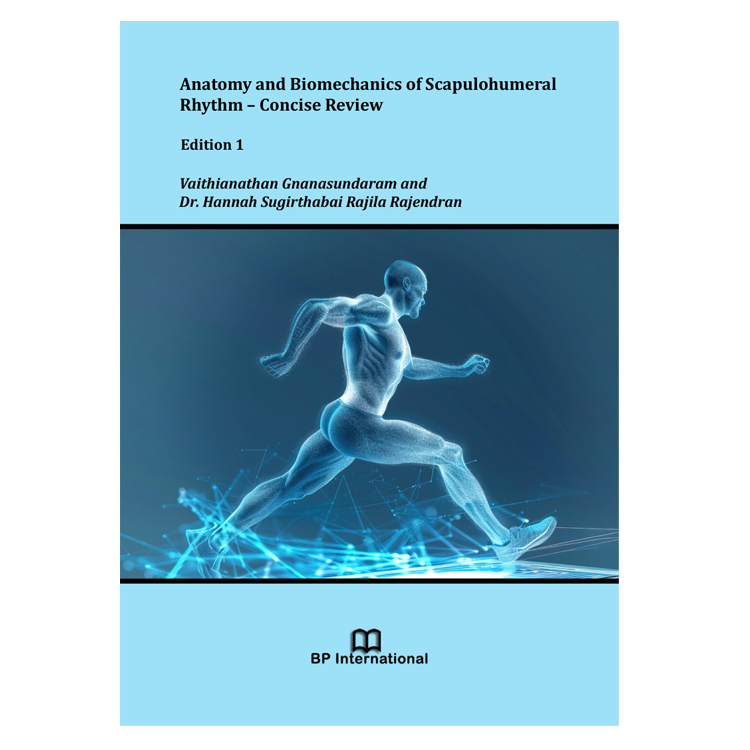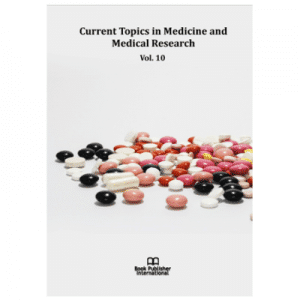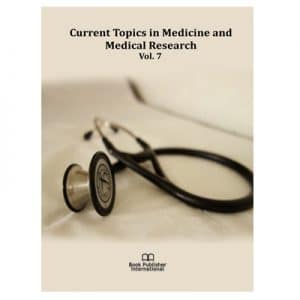Scapulohumeral rhythm refers to the coordinated movement of the scapula (shoulder blade) and the humerus (the upper arm bone) during shoulder elevation. This intricate relationship is crucial for achieving a full range of motion and optimal function of the shoulder joint. Understanding scapulohumeral rhythm is essential for diagnosing and treating shoulder disorders, as any disruption in this rhythm can lead to pain and limited mobility.
Typically, the rhythm follows a pattern where for every 2 degrees of humeral elevation, the scapula rotates upward by 1 degree. This 2:1 ratio is vital for maintaining stability and ensuring that the shoulder joint operates efficiently. Factors such as muscle strength, joint integrity, and neuromuscular coordination play significant roles in this dynamic interplay.
Exploring the nuances of scapulohumeral rhythm can enhance our understanding of shoulder mechanics and inform rehabilitation strategies for individuals experiencing shoulder dysfunction.





